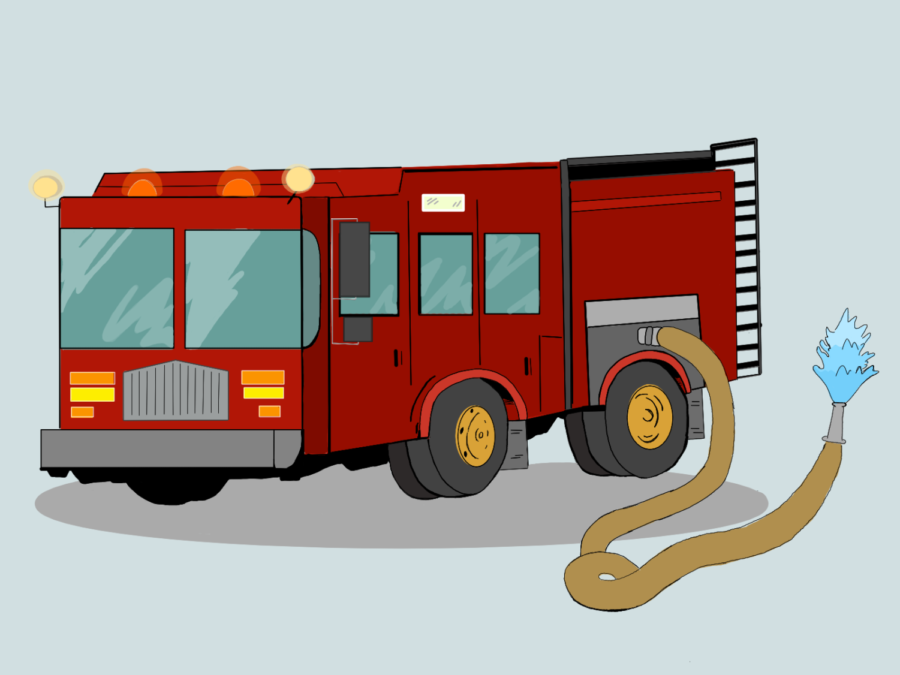Defensible space around homes reduces risk of wildfire
Eastern, Western Washington have different fire seasons; defensible space should be at least 100 feet
Most wildfires are started by people, but measures can be taken to reduce risk.
June 4, 2021
Earlier this year, the Washington state legislature passed the forest health bill, which provides funding for the advancement of forest management practices to reduce wildfire risks.
Eastern and Western Washington’s fire seasons are at different times, said Michael Gaffney, WSU Extension Community and Economic Development Unit director. The difference in seasons is primarily attributed to varying rainfall.
Most wildfires are started by people, but measures can be taken to reduce risk, Gaffney said. The challenge with mitigating potential wildfires is trying to address a wide variety of ignition sources.
To protect homes from fires it is important that residents have a defensible space, said Bill Tensfeld, Whitman County Emergency Management director. A defensible space is the area needed to stop or slow down the spread of wildfires.
A space of 100 feet or more from the home can protect residents, Tensfeld said. Keeping grass around the home green and cutting down weeds is good practice for a defensible space.
Some homes that survived the Malden fire last summer had a defensible space, he said.
“We’ve learned a lot of lessons about how to mitigate the risk, how to increase our response capacity and how to be more ready than we might otherwise be,” Gaffney said.
Fires need heat, oxygen and fuel, he said. A fire gets hotter in windy conditions because the wind increases the airflow to the combustion surface, spreading the fire more rapidly.
Most of the fire departments in Whitman County rely on volunteers, Tensfeld said. One of the biggest struggles fire departments have is staffing during the day because most of the volunteers are working their other jobs.
Additional fire districts and departments are needed when there is a large fire and not enough firefighters available, he said. This is what happened when the fires occurred in the cities of Colfax, Manning, and Babb-Malden last summer.
Cleaning up the aftermath of the Malden fire has been a slow process and is frustrating for citizens, he said.
Some residents’ homes were not insured, making it difficult for them to figure out financing repairs, Tensfeld said. An increase in lumber prices and a shortage of contractors make matters even worse.
“I do really think it’s important that people be assertive about assessing their properties, their location and … what actions they can do to reduce the risk of catastrophic impact,” Gaffney said.
Tensfeld said residents should make a list beforehand about items they plan to take with them in the event of a fire.
“Make sure you’re prepared,” he said. “Have a good sense of space around your house and have a go-bag and necessities ready … because if you’re evacuating you really don’t know where you’re going to wind up.”










